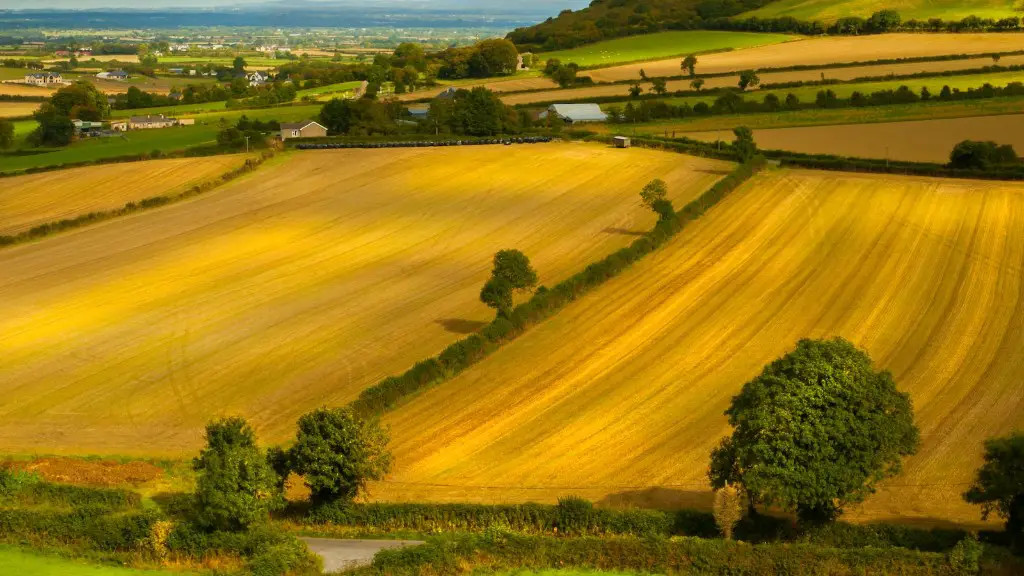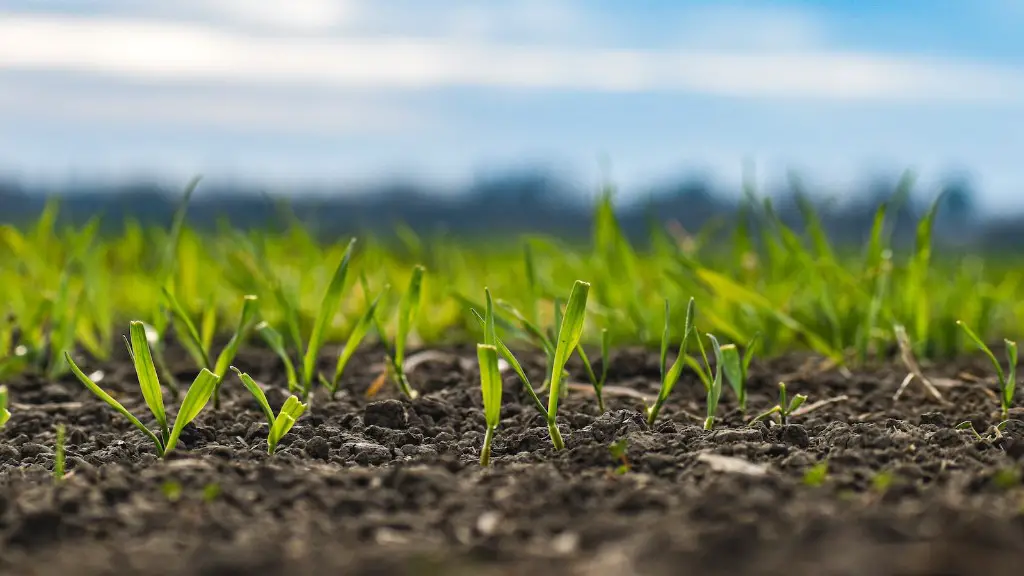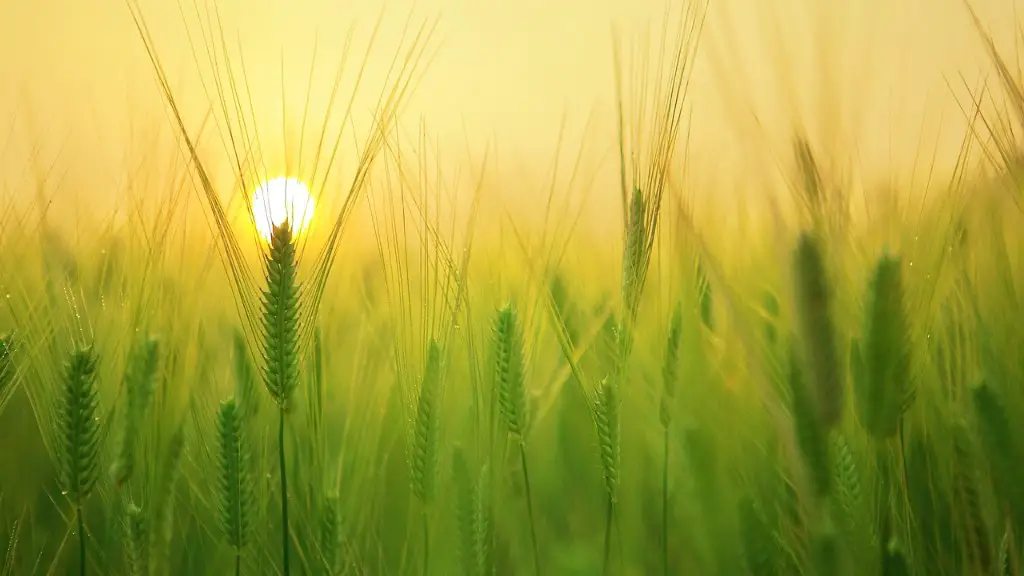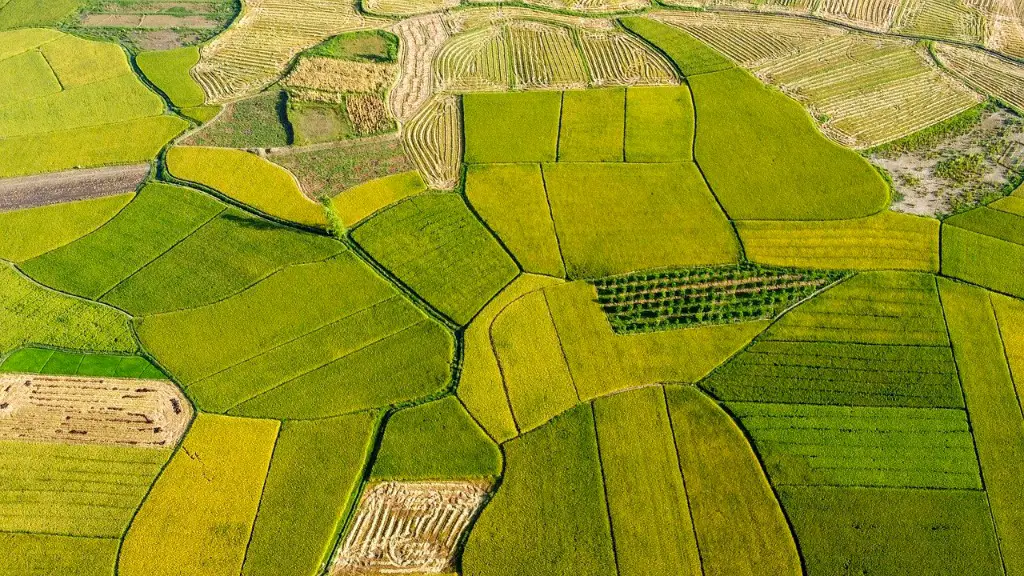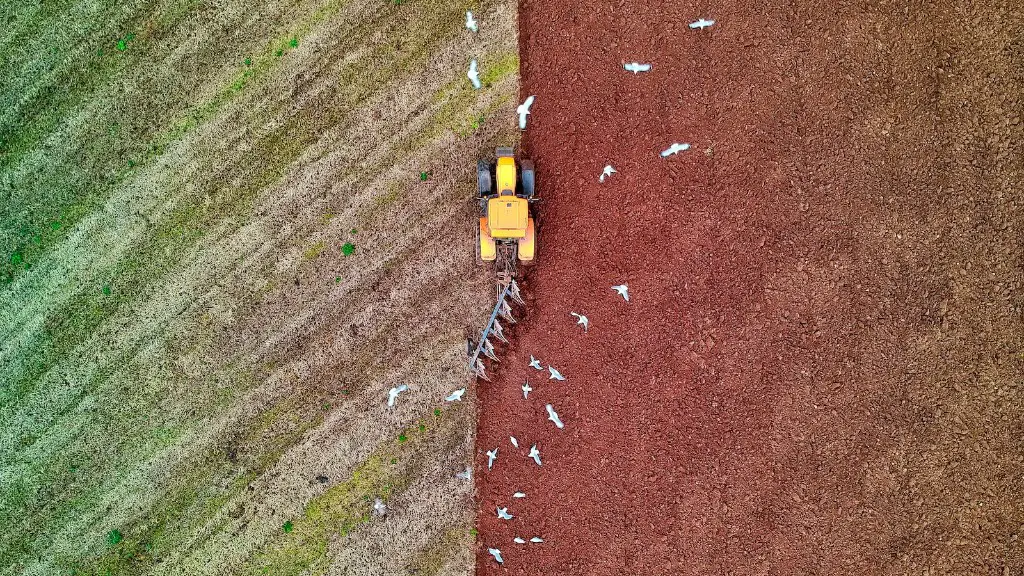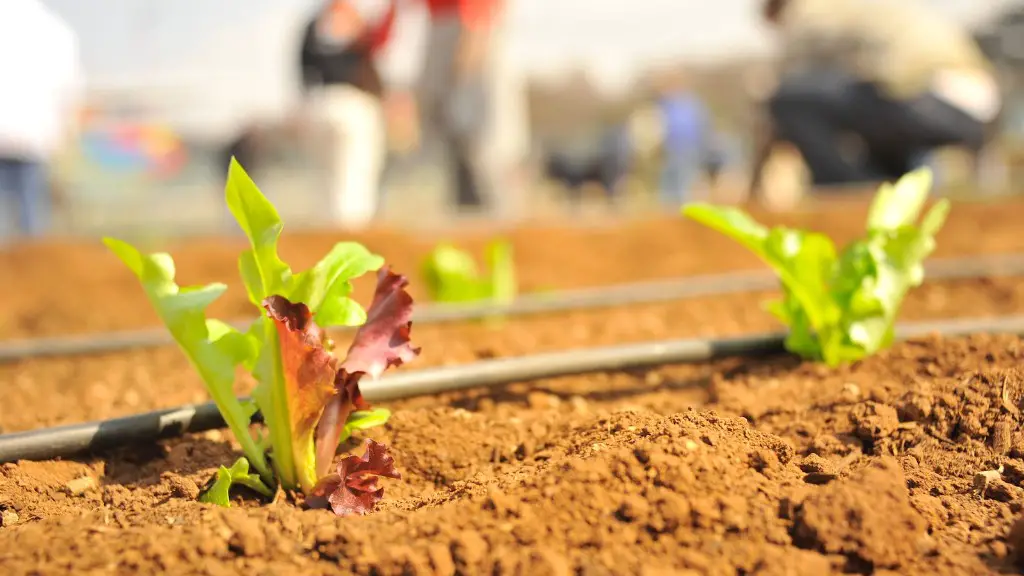Global warming has undoubtedly had a devastating effect on agricultural production and harvest over the past several years. It impacts crops and livestock through alterations in temperatures, rainfall fluctuations and the spread of new pests and diseases, which leads to failing yields and potential food scarcity.
Temperature changes accelerate plant growth and ripening, resulting in decreased yields by making climate unpreferable for crop requirements. An increase in average temperature of the atmosphere encourages the growth of weeds and pest species, leading to a decrease in crop production. Heat waves can have a direct effect on the pollination of plants, weakening the flowers and postponing their development with ensuing drop-offs of flowering and mature fruits.
Rainfall fluctuations diminish water resources and change the distribution of soil moisture, causing crop failures and intensifying droughts. Furthermore, an extreme amount of rainfall coupled with strong winds causes temporary disruption in the earth’s vegetation cover, production of crops is reduced due to opposing water gradients.
The spread of previously unknown pests and diseases amplifies the risk of crop failure, insect pests, such as those affecting fruits, vegetables and rice, prodigiously multiply under climate change.Climate macro-changes significantly change the ecology, leading to the introduction of new viruses, fungi and bacteria, thus causing significant damage to crops.
Finally, climate change affects farming communities through the increasing financial costs and labor required to manage crops. This, in turn, promotes a decrease in livelihood and food insecurity. In order to alleviate farmers’ financial burdens, the need for subsidizing and developing better insurance systems for farmers is critical to counter act the negative effects of the climate change.
Effect on Fruit Production
The effects of global warming on agricultural production has been devastating with fruits, in particular, experiencing extreme adverse impacts. Fruits require a certain climate, temperature and humidity in order to thrive, all of which are altered by climate change. Fruits are exquisitely sensitive to current climate changes, and as a result there is a rapid decrease in farm incomes and fruit yields.
Higher temperatures are limiting the growing seasons due to the shortening of the chilling phase needed for crop growth. As a result fruit plants enter the flowering phase earlier, with a reduction in the number of flowers, leading to a diminished production. Similarly, insufficient chilling is leading to erratic flowering and elevating the risk of crop failure. Severe heat waves, along with droughts, also causes an immediate halt to orchard development.
Moreover, the alteration in climate leads to the development of previously unknown fruit specific pests, and an increase in the magnitude and intensity of existing pests, destroying entire orchards altogether. This can lead to additional costs incurring due to the need for advanced pest control methods or systems, putting an immense financial burden on the farmers.
Increasing winds and longer periods of dryness have resulted in the delay of fruit ripening, postponing its availability for a longer duration. This can result in an unprecedented drop in the prices of fruit due to an overflow in the market, further leading to a decrease in income.
Additionally, extreme weather conditions can lead to an increase in the water intensity required to maintain crops, increasing the production costs and threatening the livelihoods of fruit farmers across the globe.
Effect on Livestock Production
Livestock is also critically affected by global warming, as climate change leads to new pests, introduced diseases, diminishing herbaceous plants and lack of water, consequently leading to animal health losses, especially in intensive animal farming.
Increasing temperatures change the internal temperatures of the animals, causing them to perspire more, as well as increasing their thermoneutral temperature. Moreover, heat waves stress the animals, leading to a decrease in meat and milk production. High temperatures, combined with extreme weather events, also leads to an increase in the mortality rate amongst animals.
Livestock may also be indirectly affected through changes in land use, increasing the competition for space between human beings and animals. Warmer temperatures also lead to a decrease in the availability of animal feed, with consequential declines in the quality and quantity of their fodder. Drought and rising temperatures lead to herbaceousplant insecurity, resulting in a decrease in grazing land for the animals.
In addition, wetter climates pave the way for the introduction of novel parasites and zoonotic diseases, threatening the health of livestock. A lack of water also causes stress to animals, weakening their immunity, leading to a further increase in losses and decreased production.
Finally, extreme rainfall joins forces with winds to cause flooding in the farm, leading to the displacement of animals, causing heavy losses to human resources and increasing the demand for animal welfare. Moreover, washoff of the soil vitamins and minerals reduces the availability of particular nutrients, thus reducing their productivity.
Effect on the Growth of Essential Crops
Essential crops such as wheat, corn and rice are also contending with extreme weather conditions due to global warming. These grains are of far-reaching significance, with wheat, corn and rice providing two-thirds of the world’s food energy intake.
Higher temperatures cause the soil to dehydrate, leaving the crops malnourished. Additionally, a decrease in rain can create drought-like situations, leading to the death of crops. Similarly, extreme rainfall leads to an abundance of water, decreasing the available oxygen in the soil, thus effecting the wheat’s process of photosynthesis.
Moreover, unusual weather conditions lead to the diminishment of vital soil nutrients and vitamins, weakening the crops as well as promoting an increase in the number of weeds and pest species. Longer summers, accompanied by higher temperatures, leads to enhanced crop ripening, resulting in an uneven ripening, with some parts of the crops ripening faster than the rest, ultimately leading to crop failure.
Finally, extreme weather changes can lead to diseases in the crops, leading to the deterioration of the kernels and decrease in the grain size, diminishing agricultural productivity by up to 8 times.
Effect on Potatoes
The potato has been greatly impacted by global warming as numerous pests, weeds and diseases are constantly invading potato fields and diminishing their yields. Increase in temperatures as a result of climate change causes many physiological and developmental changes in the potato, leading to drastic yield losses.
A rise in temperature leads to a decrease in the physiological and biochemical processes involved in the new potato growth. In otherwords, warmer temperatures lead to an uneven development of the leaves, leading to a decrease in the leaf area and root system. Therefore, the growth rate of a potato is drastically decreased, leading to a decrease in tuber production.
Additionally, changes in climate have led to the introduction of numerous pests, weeds and diseases which are extremely detrimental for the development of tubers. Climate change promotes the inter-migration of pests, which leads to unforeseen losses if the farmer, due to the unknown diseases or practices related to the pest.
Moreover, extreme cold or hot temperatures can damage the potatoes, weakening their defense mechanisms, leading to the formation of the potato wart and black leg, thus leading to a disruption in the photosynthesis process, hindering crop growth.
Finally, climate change alters the nutrient availability and composition of the soil, decreasing fertilization rate and leading to a decrease in the yield of potatoes. This decrease in yield has been estimated to decrease by 50% by 2100.
Effect on Dairy Cows
Climate change also has a major effect on the dairy cows, with their exisiting systems of production being severely threatened by the changing temperatures, directly impacting the quality and volume in dairy yields.
Increasing temperatures cause adverse effects on the animals, such as heat stress in cows, increasing their lactation cycle, resulting in a decrease in the production of the milk proteins. Cows perspire a lot due to the higher temperatures, leading to a decrease in the amount of water intake by cows, resulting in a drop in the yield of cows.
Extreme weather events such as flooding, accompanied by higher temperatures, can also displace the cows, leading to a decrease in the number of cows due to losses. This can lead to a disruption in the supply of eggs and dairy, leading to food insecurity.
The absence of winter season leads to a decrease in the feed availability, leading to a decrease in the quality and quantity of the fodder and protein content of the feed. Similarly, an increase in summer can result in increased storage costs for the farmers, as the storage environment needs to be modified to withstand the enviornmental conditions.
Moreover, the temperatures have an adverse effect on the development of calves, leading to a decrease in the immunity of the cows, due to a weakened immune system, resulting in calve diseases and a decrease in dairy production.
Finally, climate change has been known to promote the development of new diseases, leading to the economic losses of the farmers due to the increasing cost of vaccination and medications, consequently decreasing the productivity of the dairy cows.
